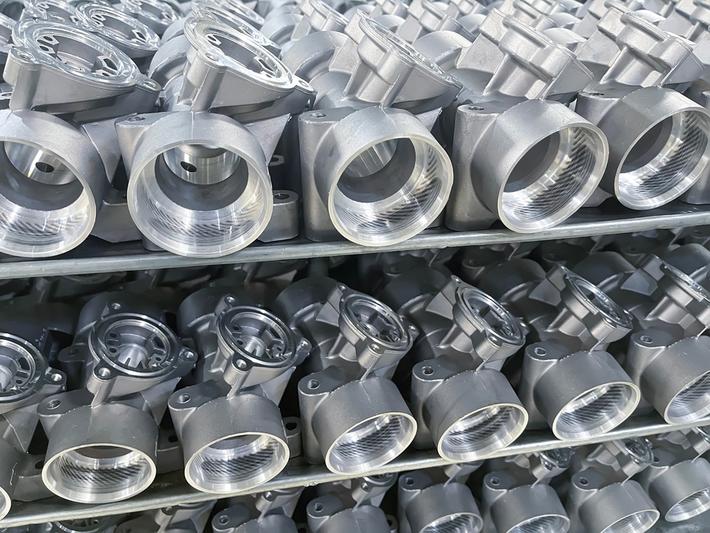
The impacts of duties on aluminum in the EU: the prospects for the supply chain and the need to review trading policies
The global use of aluminum is set to increase, driven by the growing downstream demand for the light metal in various sectors (transport, construction and building, mechanical industry, packaging, electrical engineering). In particular, the increase in the light metal in cars is exemplary, from about 180 kg per car 5 years ago to 256 kg expected in 2030.
Fueled upstream by raw material production, the key element for the global growth of the supply chain is the downstream industrial segment of transformations, processing, finishing and manufacturing. This sector is mainly made up of thousands of small and medium-sized companies that employ more than 200,000 workers in the old continent; over 90% of those employed in the European light metal industry account for over 70% of the turnover of the entire supply chain and represent its solid growth engine.
This vital industrial sector must be supported by a serious policy, at the community level and that of individual national governments, in particular on some essential issues such as:
- the cost of energy;
- fair access to low-carbon raw materials;
- the balance between industrial competition and eco-sustainability;
- attention to the selection of reliable and uninterruptible supply chains.
Among the points highlighted, the issue of the duty on raw aluminum has remained unresolved for years, even more urgent in recent decades given the closure of production plants with inevitable shortages of primary aluminum in the EU, for a deficit compared to the need of over 85%; in Italy this production has even disappeared for a couple of decades. It is therefore essential to resort almost entirely to imports to keep our light metal manufacturing industries operational and it is unreasonable and incomprehensible to maintain the tariff on the import of the raw material aluminum, a subsidy that remains in place to the advantage of large producers of raw, but determines a real and heavy extra cost for the rest of the downstream supply chain.
According to estimates by LUISS University from a decade ago, we are talking about almost 20 billion euros of additional burden in 20 years, affecting the downstream segments, with a heavy loss of competitiveness for downstream SMEs. The duty on raw aluminum is incredibly still alive, yet complaints, requests, and proposals for the elimination of the tariff by the market in recent decades have not been lacking. Confirmation of this is the recent exhortations to a consistent industrial policy by President Mario Draghi, which clearly suggest the need to give strength to small and medium-sized companies such as those in the transformation and processing of aluminum in the European Union. For the aluminum supply chain, one cannot fail to see the urgent need to eliminate unfair extra costs, in the face of a growing shortage of primary aluminum in the EU.
To maintain the technological leadership of the aluminum industry in the European Union, vigorous and courageous actions are needed, such as the elimination of the import duty on the raw material that is unfortunately disappearing from Italian production.
Source: M. Conserva for A&L Aluminium Alloys Pressure Diecasting Foundry Techniques


